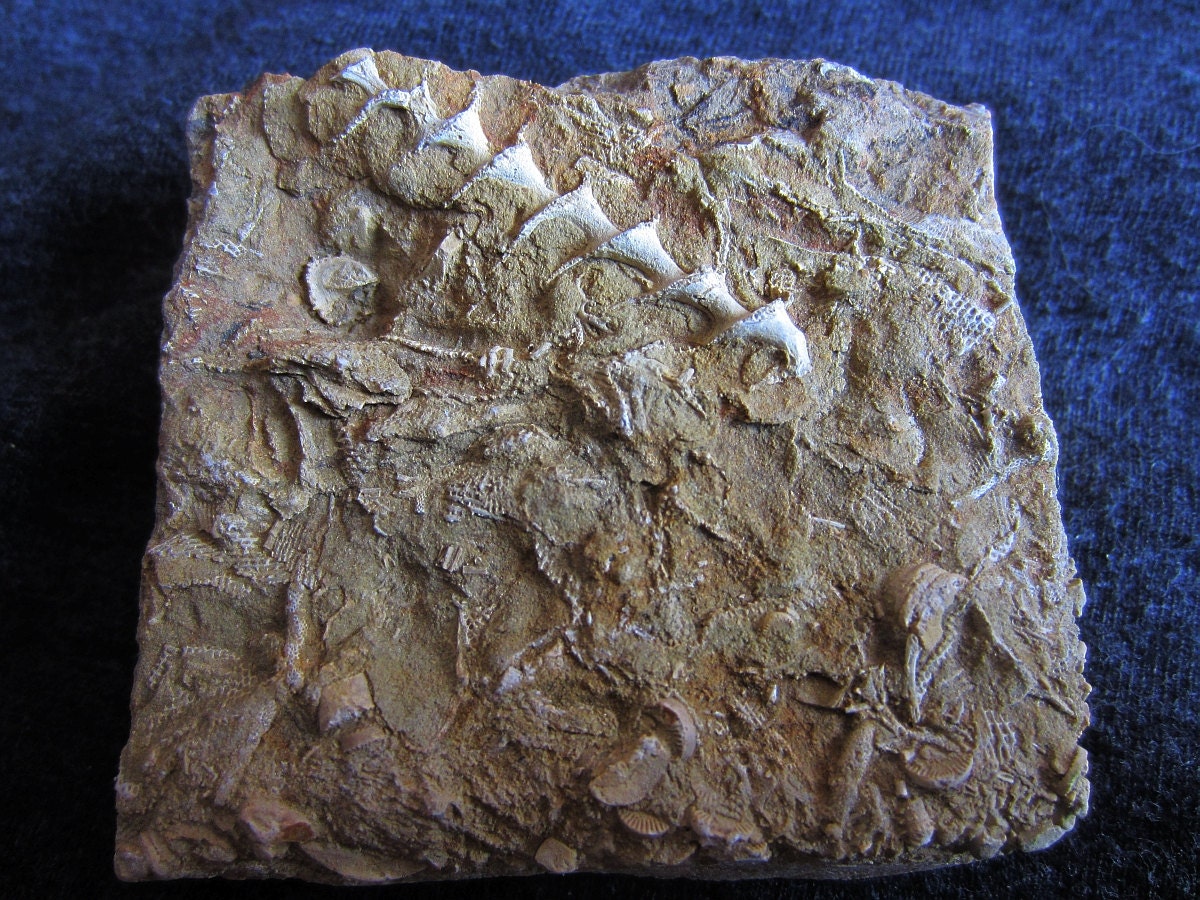

All were collected from the Carboniferous of the USA. A ‘population’ of 912 specimens of Archimedes in the following collections was studied: Natural History Museum, London, UK (NHMUK) Trinity College, Dublin, Ireland (TCD) National Museum of Natural History (United States National Museum), Smithsonian Institution, Washington DC, USA (USNM). Does Archimedes as a whole or do particular species of the genus show a preponderance of sinistral or dextral axes, or do these two enantiomorphs occur in equal numbers? Here we investigate chirality in museum samples of Archimedes to address this question potentially of importance in understanding the developmental palaeobiology of this distinctive bryozoan. Surprisingly, little or no attention has been paid to the handedness of Archimedes axes, and handedness does not feature in descriptions of species of Archimedes. Twisting or translation with distal extension of the axis was anticlockwise in sinistral axes, but clockwise in dextral axes. The helical coiling of the Archimedes axis can be either left-handed (sinistral) or right-handed (dextral) which produce enantiomorphic axes that are asymmetrical but not superimposable on each other (chiral). More recently, McKinney and coauthors (see McKinney & McGhee, 2003) focused on the geometry of the helical colonies, using computer simulations to investigate the morphospace occupied by Archimedes as well as inferring the feeding currents that were generated by living colonies (McKinney et al. Interest in Archimedes during the mid-19 century was stimulated by the theory of Condra & Elias (1944) that the fossil was a consortium between a conventional planar fenestellid bryozoan and an alga which was responsible for the helical axis, a hypothesis that did not win support and which has been discarded. Most of the colonies in this environment were formed by fragmentation of pre-existing colonies, i.e., by cloning rather than the more conventional mode of bryozoan recruitment via larvae produced by sexual reproduction (McKinney, 1983). In eastern North America Archimedes mainly inhabited shallow-water environments behind migrating calcarenite dunes (McKinney, 1979). However, the genus is also recorded in the Carboniferous and Permian of Russia. Fossils of Archimedes are particularly common in the Carboniferous of North America from where McKinney (1993) recognized the presence of 39 species.

The axis itself is actually formed by thickening of the skeleton of axial parts of the meshwork it is not an independent structure. In more complete colonies the meshwork can be seen to form a continuous spiral growing upwards and outwards from the helical axis.

1) of this fenestellid (Order Fenestrata) consisting of dense calcite frequently weather from outcrops after loss of the more delicate meshwork of branches and dissepiments. after the water pump invented by the Greek philosopher, Archimedes Owen, 1838 is probably the most iconic of all fossil bryozoans.


 0 kommentar(er)
0 kommentar(er)
